|
If the Fairfield Historical Society were to ever establish a membership requirement, it would be the cover-to-cover reading of Roscoe DeBaun’s 1957 book : Country Life in Fairfield, New Jersey 1887 to 1909 ( FPL 974.9 DE ). Roscoe W. DeBaun Fairfield’s first Historian (L). DeBaun writes about the Paterson – Singac Trolley Line (R) that was eventually consolidated into Public Service with dozens of other Trolley Lines. For a nickel you could buy a ticket and request a free transfer to “see the world” for three hours. In DeBaun’s day, the Paterson-Singac Trolley dropped off passengers at the Grandview Avenue and Little Falls Road Terminus to picnic, swim, or canoe in the pure country air and river. This was annoying to the local residents who found the invasive picnickers ‘under every nearby huckleberry bush.’ It would not take long before someone capitalized on this around 1914. ‘Pleasure Park’ was established that added dancing, and home cooked meals at the ‘Chestnut Grove Inn’ pavilion overlooking the Passaic River. The Trolley was making as many as 73 trips to Singac daily (soon to be replaced with bus service and newly affordable automobiles). Trolley and Rail Lines played a key role in the establishment and growth of New Jersey Amusement Parks. So called “Electric Parks” at hubs or at the ‘end of the lines’ were designed to increase ridership during slack weekend periods and generate more revenue from park visitors. Palisades Amusement Park, Bertrand Island Amusement Park, and eventually Grandview Park developed this way. (Grandview Park was mostly in N. Caldwell and Fairfield ) In 1923-1925 Grandview Park combined with Pleasure Park to create 25 acres of amusements described by one local resident this way : “Grandview Park was spread over 25 acres and catered to families - with its immaculate picnic groves and a children's playground with a nurse attendant to watch the youngsters.. Some of the feature attractions were a Ferris Wheel, a Roller Coaster called "Dip the Circle", a Merry-go-round, side shows, and many games of chance. There was a Grandstand holding more than 1,000 people for concerts, dance marathons, beauty contests and fireworks. Each weekend sports events were featured. In the late 20's, the largest swimming pool of the era (100 by 200 feet) was built in Grandview Park, ft featured a large pavilion with lockers and lounge chairs for sunbathing. The white sandy beaches were terraced and people canoed on and swam in the Passaic River.” For your 10 cent admission : “ALL for FUN and FUN for ALL.” ( Property Map on page 8 below ). The National Amusement Park Historical Association noted several improvements : "For the 1926 season they added an old mill, hey-dey, caterpillar,Custer cars bringing the total to 20 rides and 80 concessions. They continued to add attractions for the 1927 season. The 1001 Troubles fun house, a tumble bug and a ferris wheel were added. The ride list for the season also included a miniature railroad, Venetian swings, frolic, carousel, Thriller coaster, whirlpool, witching waves, Texas pony track, Skyscraper coaster, whip, chair-o-plane, aeroplane swings, and miniature rides in the children’s playground. The new pool, 200 x 225 feet and its 4000 bathhouses built at a cost of $156,000 were added for the 1929 season. The dance hall was converted into a skating rink, and weekly boxing matches were held in an open-air stadium seating 7000." A long 900 foot boardwalk along Passaic River bank docked canoes that were often paddled into the Great Piece Meadow. Camping was a popular pastime and sometimes Chief Constable Collerd had to assemble a search party when campers were reported missing. I guess he just followed the sound of the ukulele :- ) :- ) But only a truly gifted Gypsy Fortune-Teller could have foretold the 1930 Grandview Park fire, stock market crash, prohibition, and the awful economic depression that would soon follow. Originally unknown to the Fairfield Community, there already was an authentic full blooded Gypsy Princess in town before Grandview Park was ever established. She was the seventh daughter of Gypsy Queen Betsy ( sometimes Bessie ) and King Plato Buckland ( sometimes Bucklin ) who ruled over all the 13 tribes of the greater New York City area. One account has her Father King Plato as a simple ‘clothes Peg’ maker, but raising and trading horses was the more lucrative endeavor. Queen Betsy was a skilled Fortune-Teller who taught all of her daughters the art that had been perfected in their Gypsy Culture over many centuries. Strangely enough a young Italian boy who tended to King Plato’s horses fell in love with the King’s youngest Daughter and eloped. (This may have been the origin of the expression “Then all hell broke loose! “ It’s also pretty funny that seven Fortune-Tellers in the Family didn’t foresee this bucking of tradition :- ) :- ) But eventually things calmed down and the young couple bought a seven acre farm on Little Falls Road on the west side of Deepavaal Brook. I can no longer keep you in suspense, it was Robert and Caroline (Carrie ) DeVito who were one of the first families in Fairfield with an Italian surname. Their farm was sufficient to meet their immediate needs with beans, squash, carrots, lettuce, watermelons, strawberries, and rhubarb. They also raised chickens, ducks, geese, turkeys, pigs, and goats. Robert drove to the Paterson Market twice a week and sold off the back of his little Ford truck, often taking orders for the next planned arrival. This was a common practice at the Paterson and Newark Markets. But the depression forced many Farmers to earn other income, so Caroline began telling fortunes in a small cabin on Little Falls Road. And for a time, Robert also operated a small Tavern at the east end of their farm property. Caroline DeVito (L) was a genuine Gypsy Fortune-Teller in Fairfield and proudly raised four boys with Robert. (L to R) Joseph, Father Robert, James, Mother Caroline, William, and Thomas. Robert always loved horses and raised four young ‘stallion’ sons who all served their Country during WW2. Joe, Willie, and Tommy in the Army, and Jimmy for ‘Isolantite’ a local defense plant that manufactured precision ceramic insulation components. By now, the Farm was rented to the Zirk Family whose own Farm was on the opposite side of Pier Lane. Caroline and Tommy eventually joined a New England Carnival circuit owned by ‘King Reid’ that traveled as far north as Canada. Tommy acquired the King Reed Show route reincorporating it as ‘Ace Amusements’ with his wife Glenda and daughters Angela and Tammy. Also touring with Ace were brother Willie, his wife Violet ( Esposito of Singac ) and their children Robert, Karen, and Wilma. Third Brother Jimmy with wife Katherine and daughter Janice also spent summers at many State Fairs in NJ, NY, and CT. The DeVito Clan with their Gypsy blood worked together into the 1970’s, and were a credit to their hometown Fairfield origins. The annual Fireman’s Picnic was a carnival of sorts in Fairfield. The Picnic Grove on Passaic Avenue where the Deepavaal crosses was the traditional location. Firemen went door-to-door selling ticket strips well before the event. There was a large dance pavilion with a full bar and several concession booths where you could win a few trinkets ( nobody left without at least a ‘Chinese finger trap’ ). But the best part was the food. Sausage and peppers, hot dogs, ice cream and corn on the cob. ( Fact: Conklin Brothers in Montville had the best sweet corn in the area ). The greased pig event was hilarious as teenagers tried in vain to catch the small terrorized creature. Good fun then, but hardly now. 4-H (Head, Heart, Hands, and Health ) would never allow such an event. Their Essex County Fair was always held at the Churchill School, but it offered little excitement for us youngsters. Unless, of course, you climbed to the top of the huge tents and jumped down to the lower parts during the off hours. Along with the Bongiovanni and Sisco boys, we returned home afterwards blackened like coal miners ( such tents are deceptively dirty ). If you grew a zucchini squash that looked like a duck you could win a blue ribbon :- ) :- ) All kidding aside, 4-H was, and remains, a great Organization for agriculturally oriented youth. During Roscoe DeBaun’s day pigeon-shooting contests and horse racing were common just east of the Pine Brook Bridge. The waging of bets and heavy drinking on the Sabbath rankled the local folk. Much later the Pine Brook Stadium / Speedway was built nearby (now Home Depot ). This 1/10th paved oval track operated from 1962-1989 and was home of the “ATQMRA TQ midgets and micro stocks”. It was great fun on Friday nights with the two Intili Brothers of Mountain Garage (Caldwell) providing tow truck / bumper services. ‘Ben and Jimmy’ sounds more like the ice cream concession, doesn’t it? “I saw Mario Andretti win the feature race at Pine Brook Speedway twice in 1963” - Gene Kowalski Andretti TQ (#2 ) as it appears today, at the Eastern Museum of Motor Racing in York Springs, PA. A great web page with all the details of this wonderful little track can be viewed here And while we’re in Pine Brook, we can’t forget that little Kidde Karnival tucked behind the Wetson's “Buy a Bagful” hamburger spot. Circling back to the DeVito Family, second Fairfield generation Robert (West Essex H.S. 1969 ) stayed close to the Carnival life when he joined a parade float business in 1974. Bond Parade Floats established in 1942 was eventually bought by Rob in 1982. Two years ago North Jersey.com dubbed him the east coast: King of Floats . From King Plato to King of Floats. Now who could have foretold that? Dedicated to ‘Princess Caroline’ Buckland DeVito and the entire DeVito ‘Tribe’ of Fairfield. ............Paul Pollio March 4, 2020 [email protected] Further Reading: (L) The Public Service Trolley Lines in New Jersey by Edward Hamm, Jr. ( Interlibrary 388.46 HAM ; (C) We are the Romani People by Ian Hancock ; (R) Photo of classic Gypsy ‘vargo’ that recently sold at auction for $ 44,000. You could buy a lot of ‘clothes pegs’ with that sum. Most of Grandview Park was on the North Caldwell side of the Fairfield property line. Notice that today’s “Little Falls Road” was still named “Fairfield Road” in 1933.
0 Comments
Leave a Reply. |
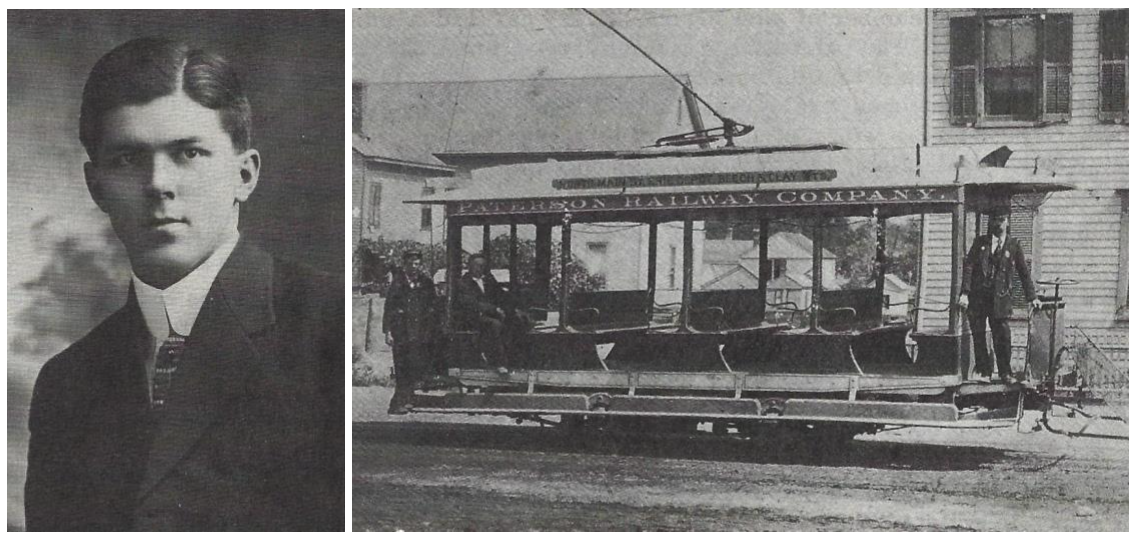

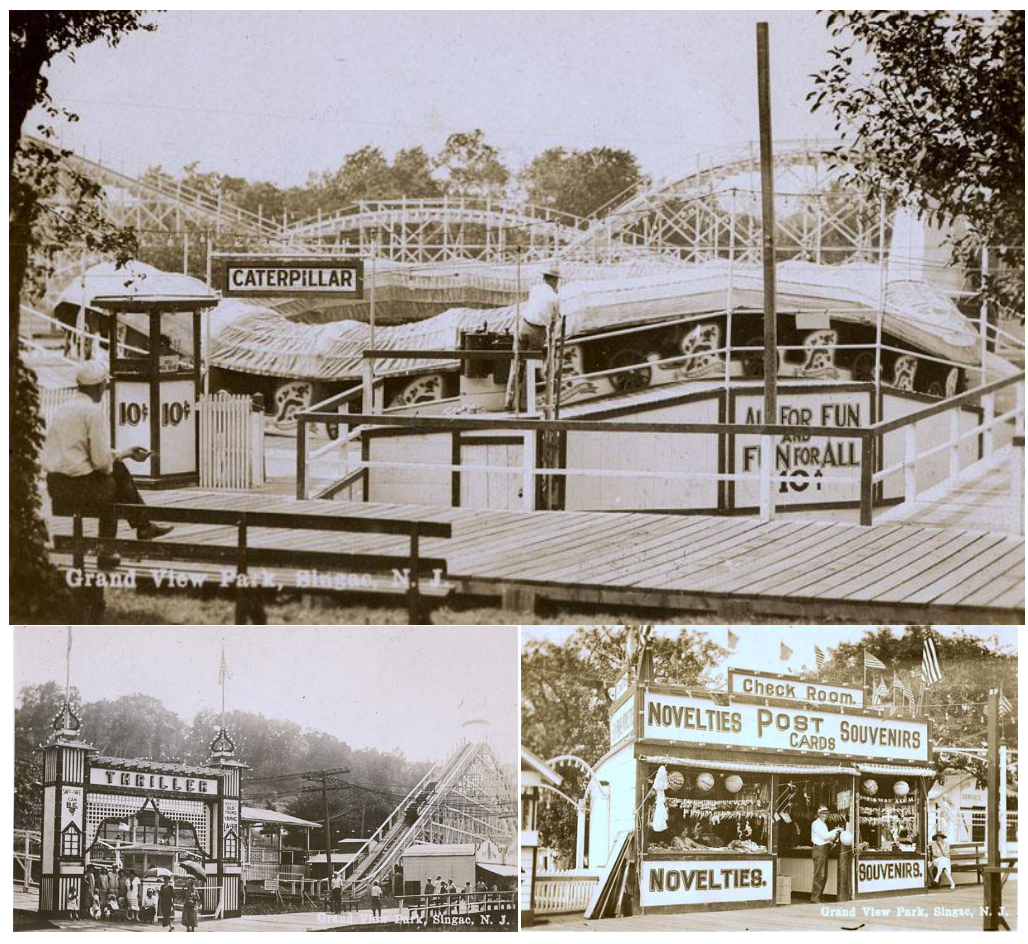
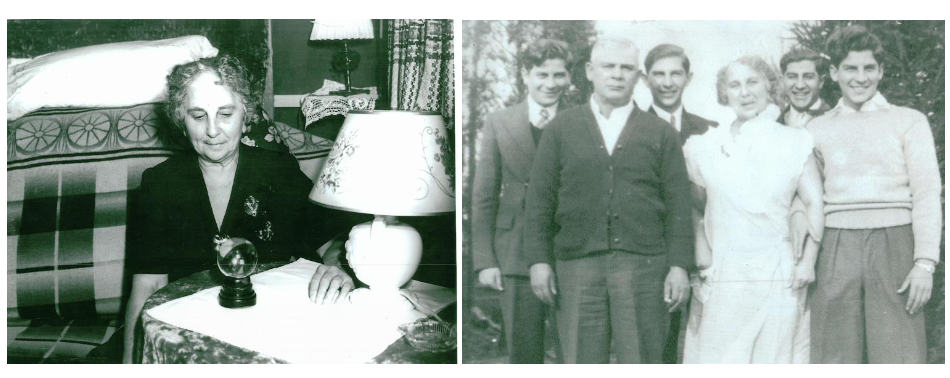
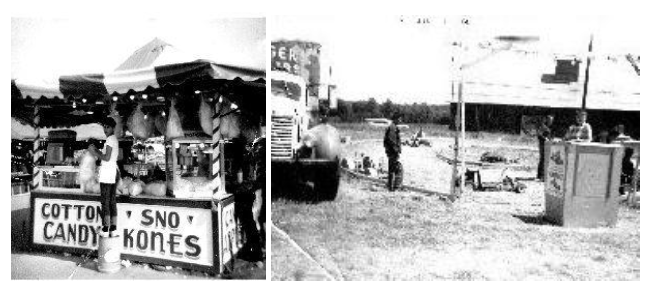

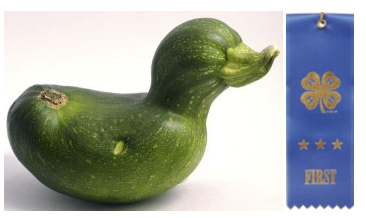
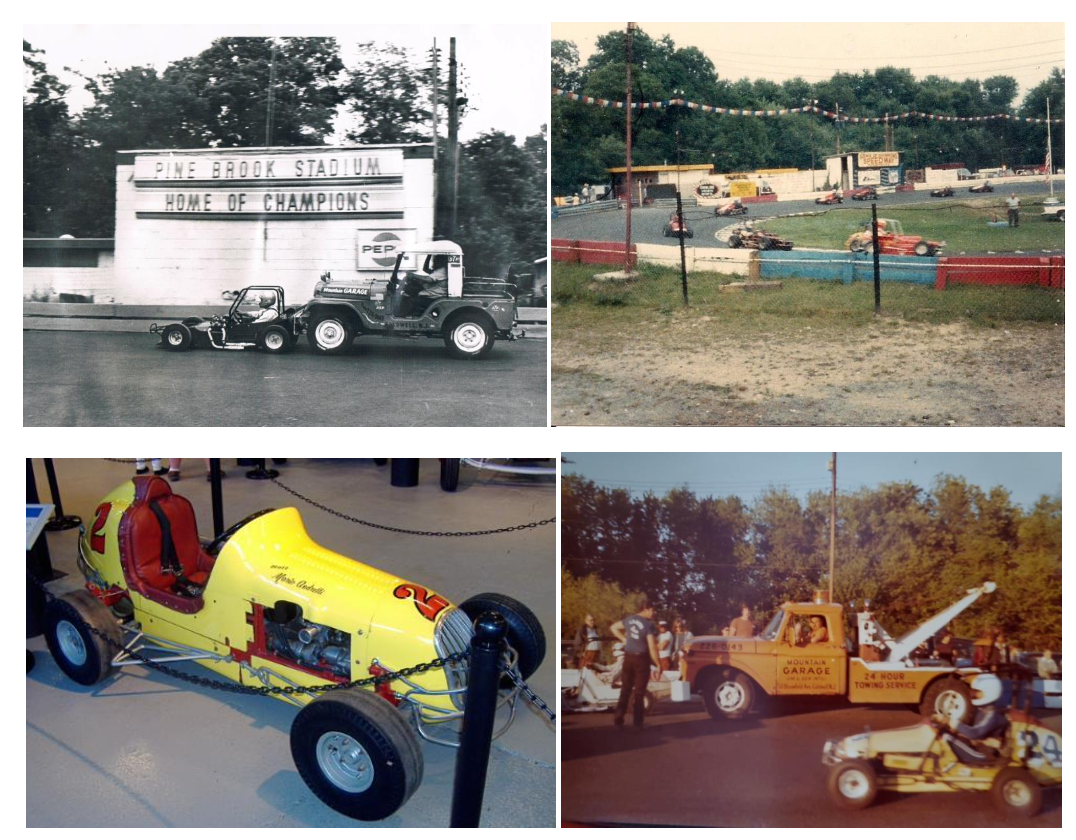
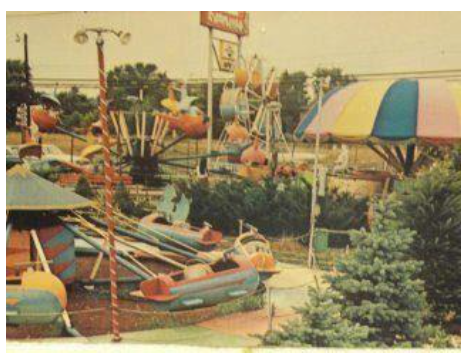
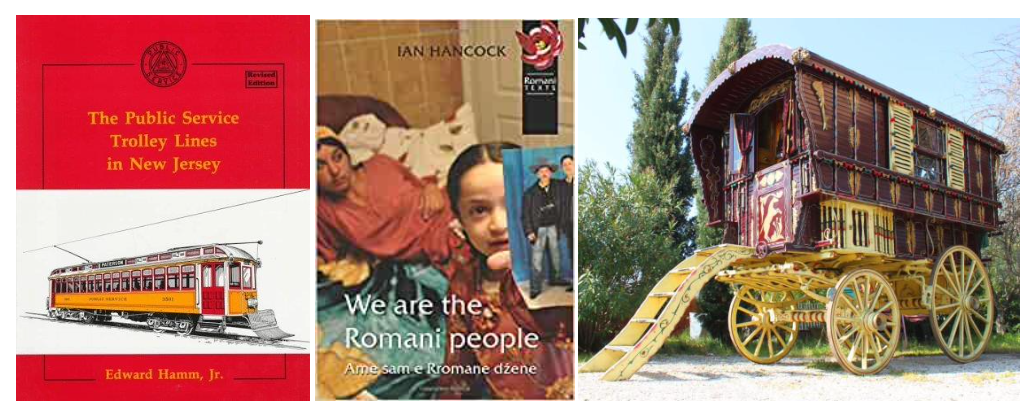
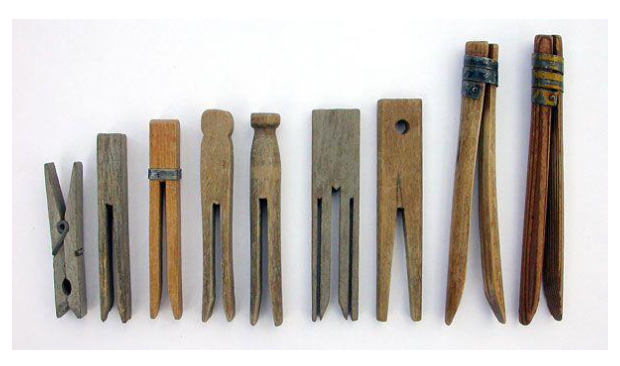
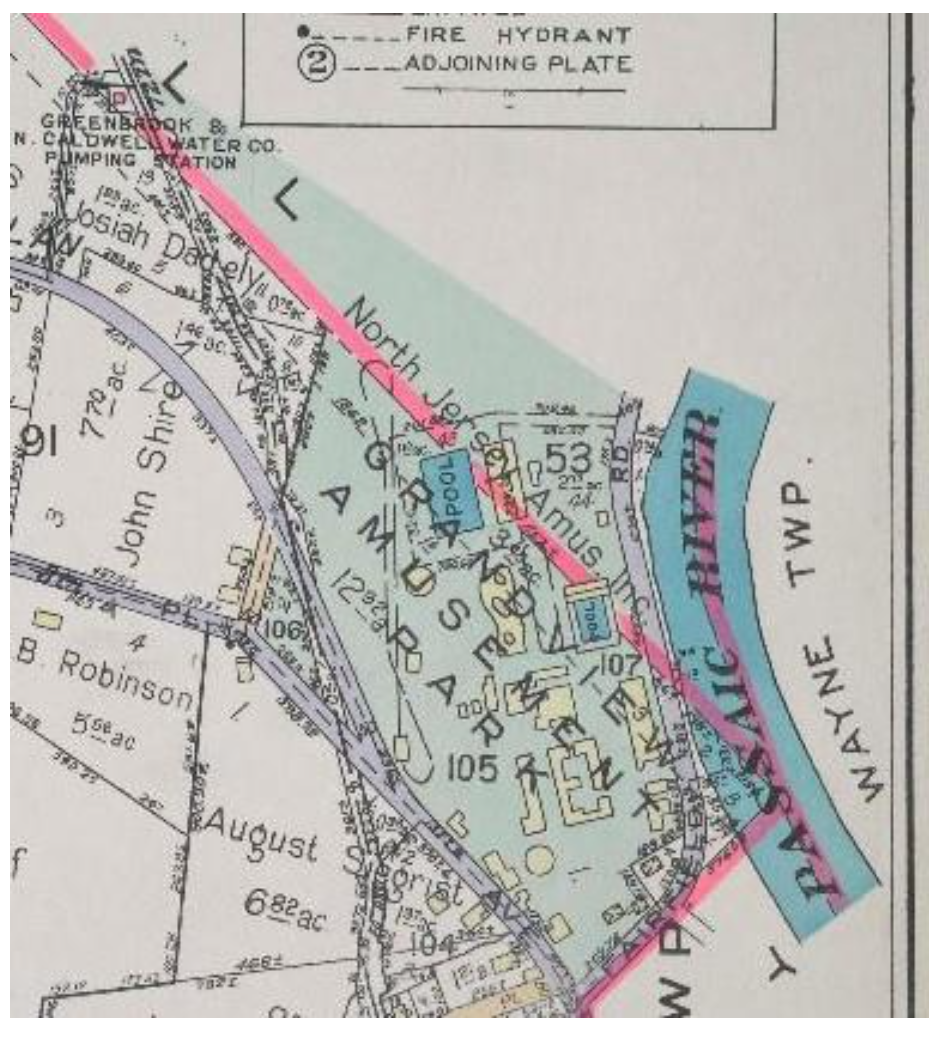
 RSS Feed
RSS Feed